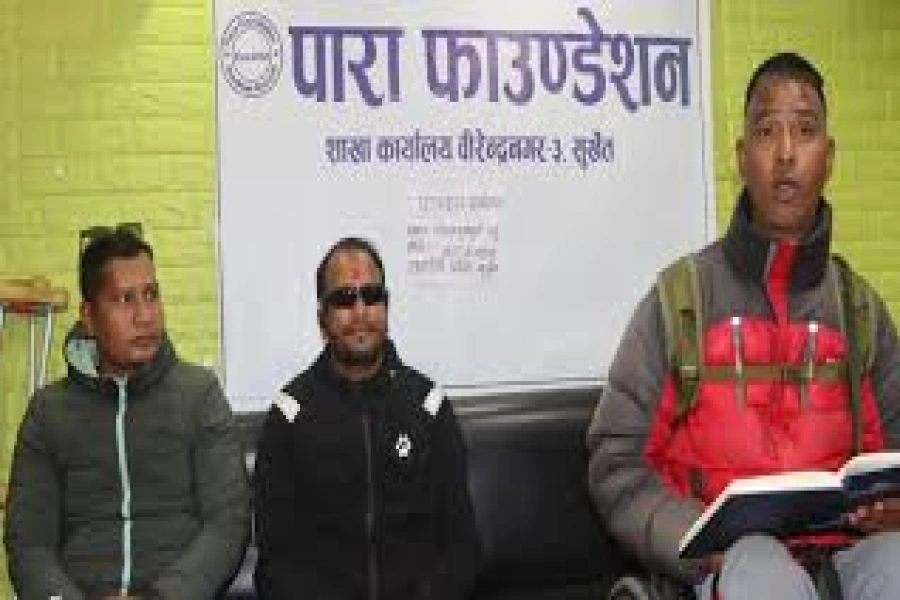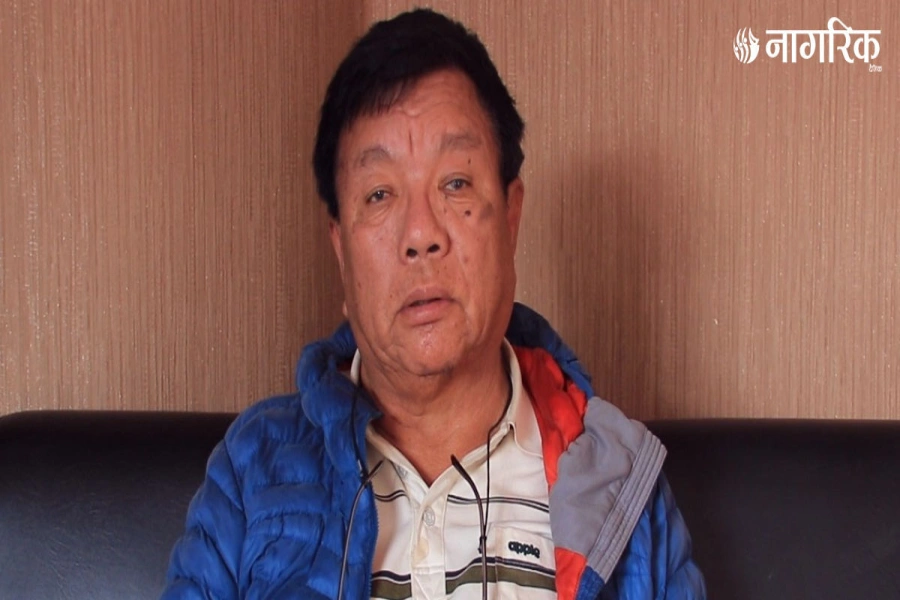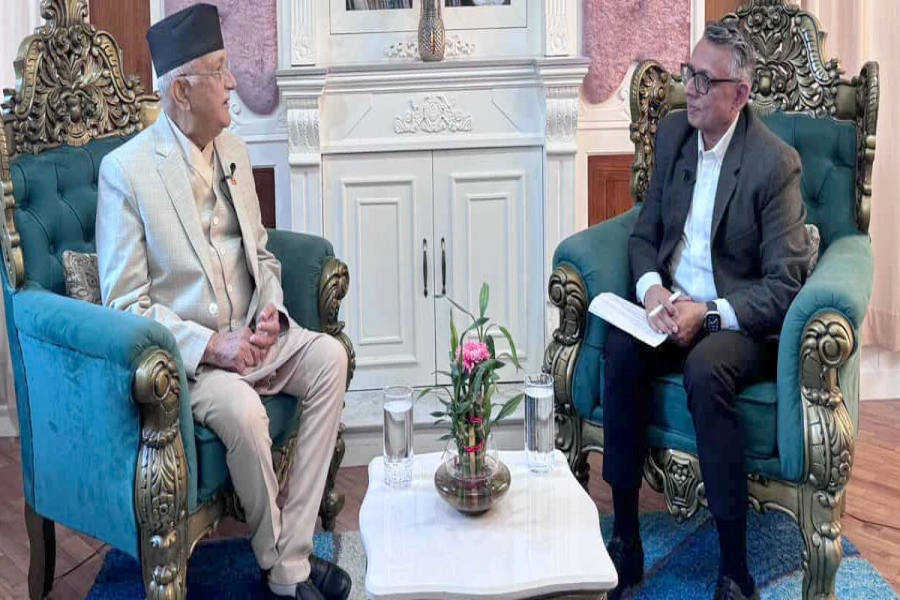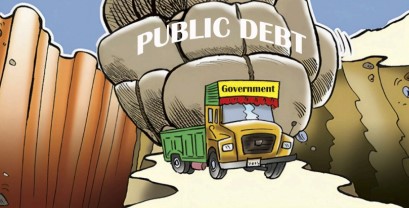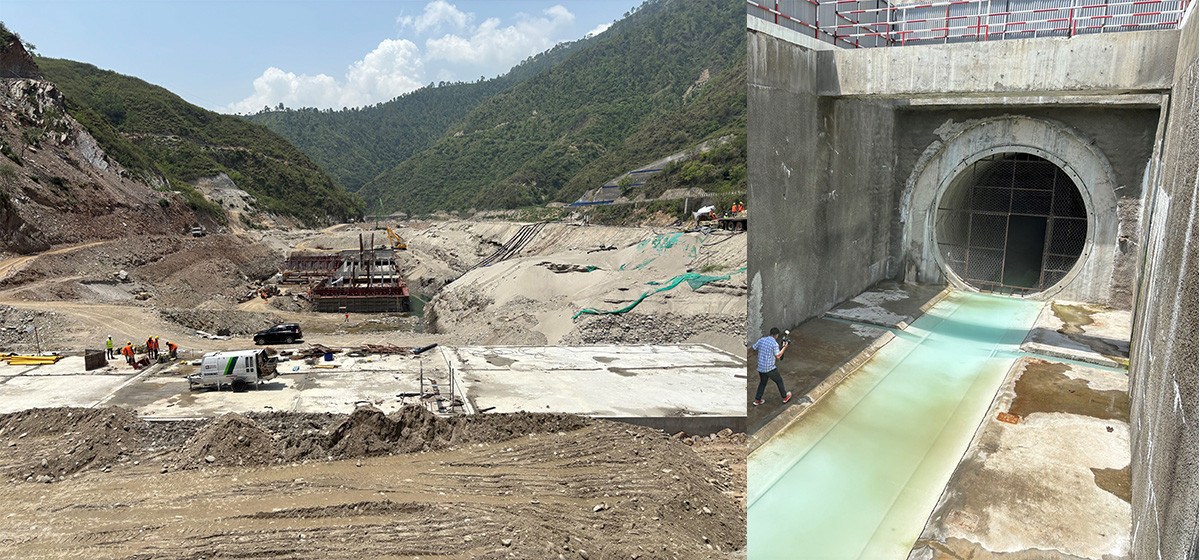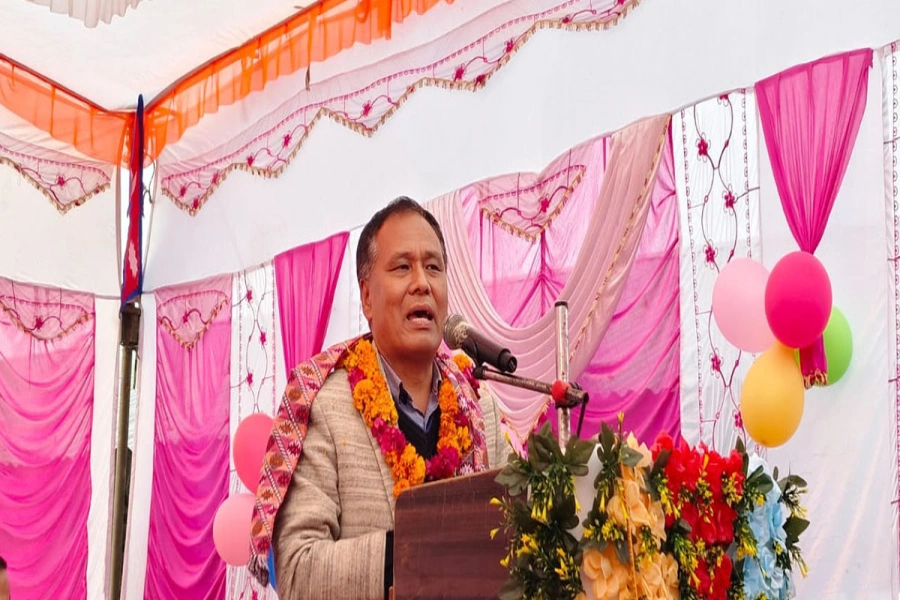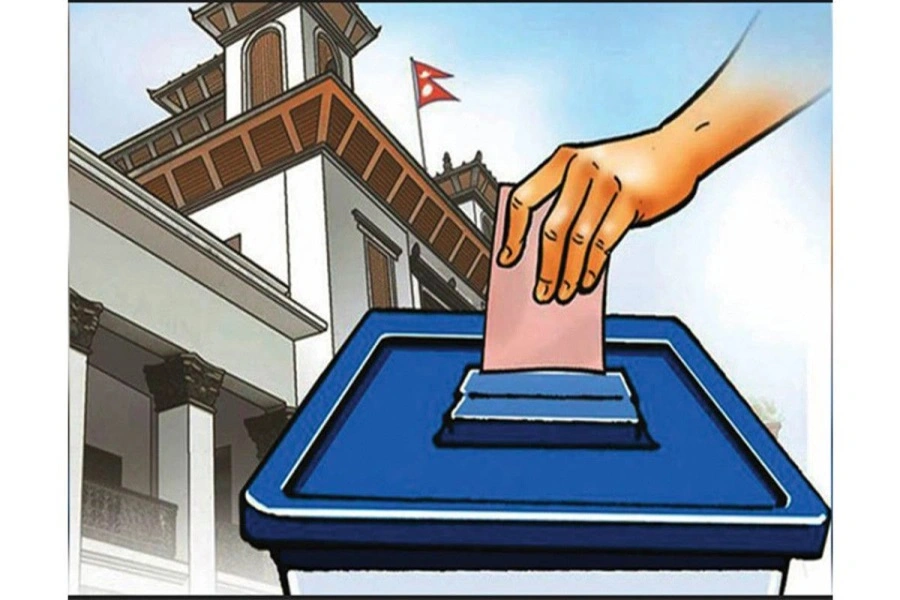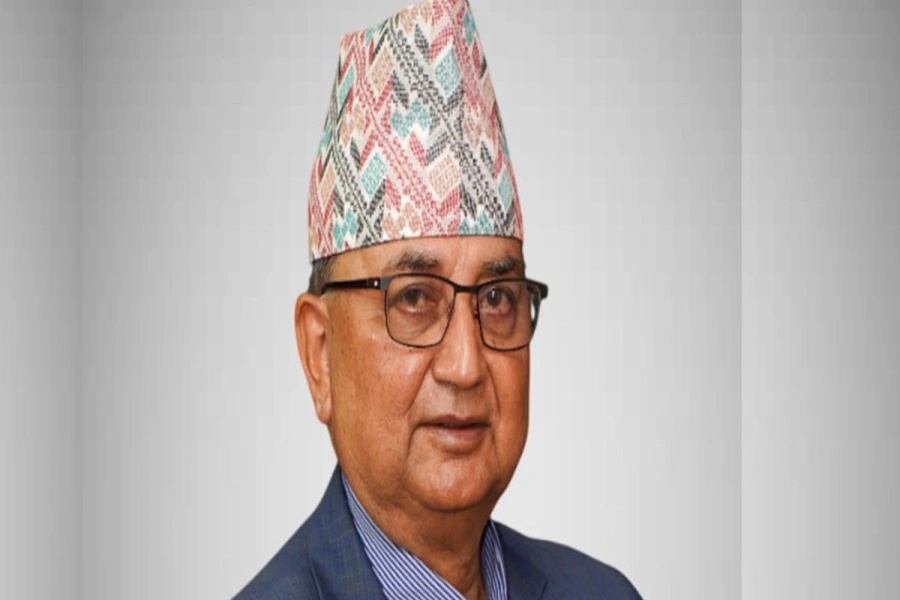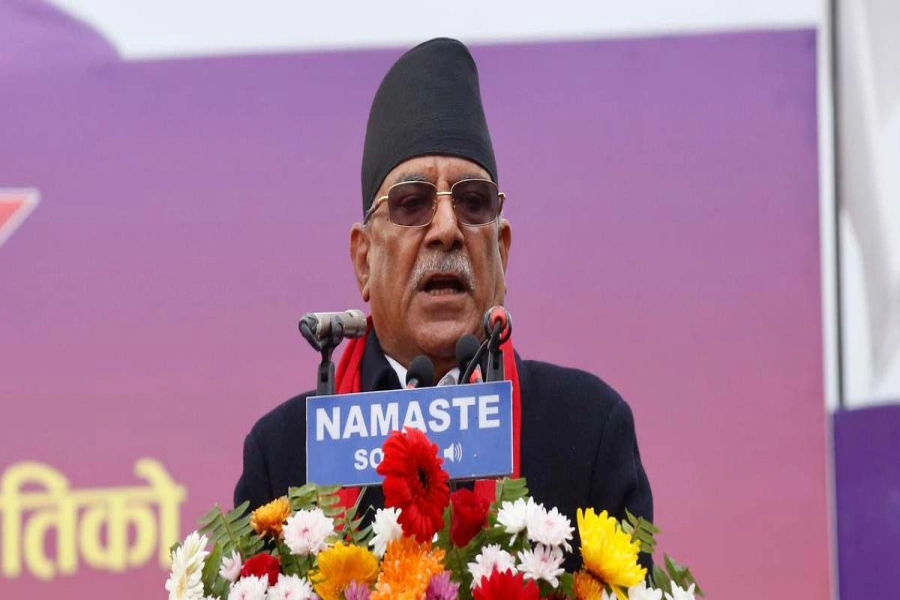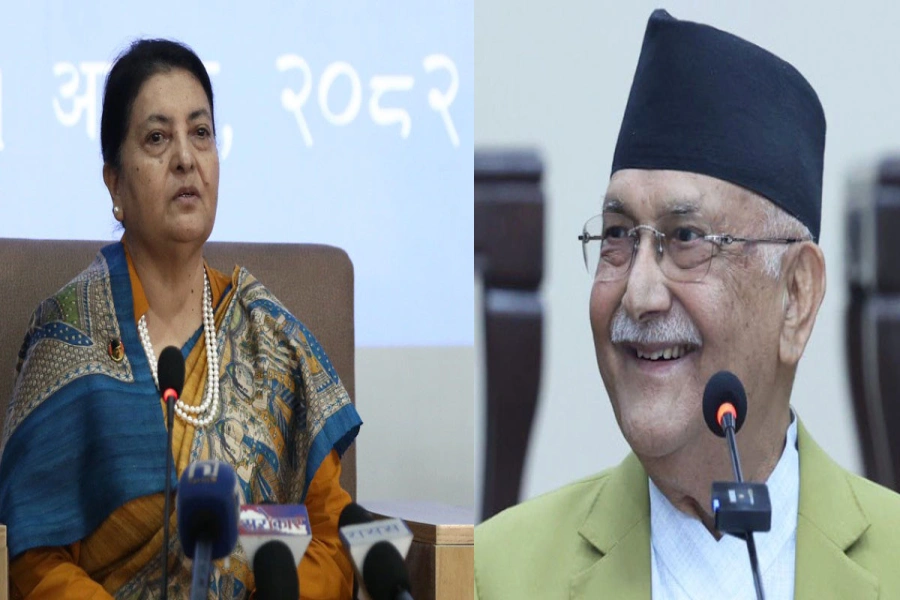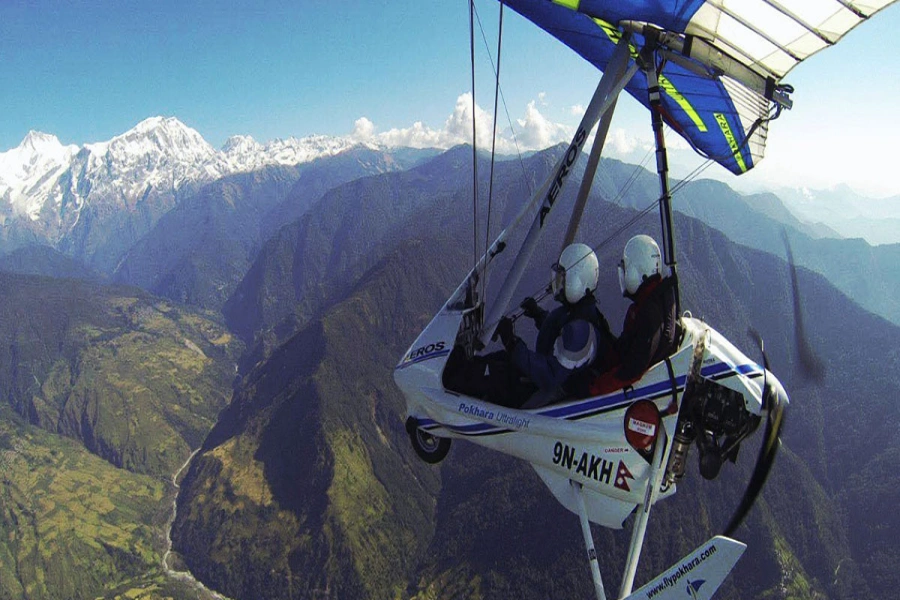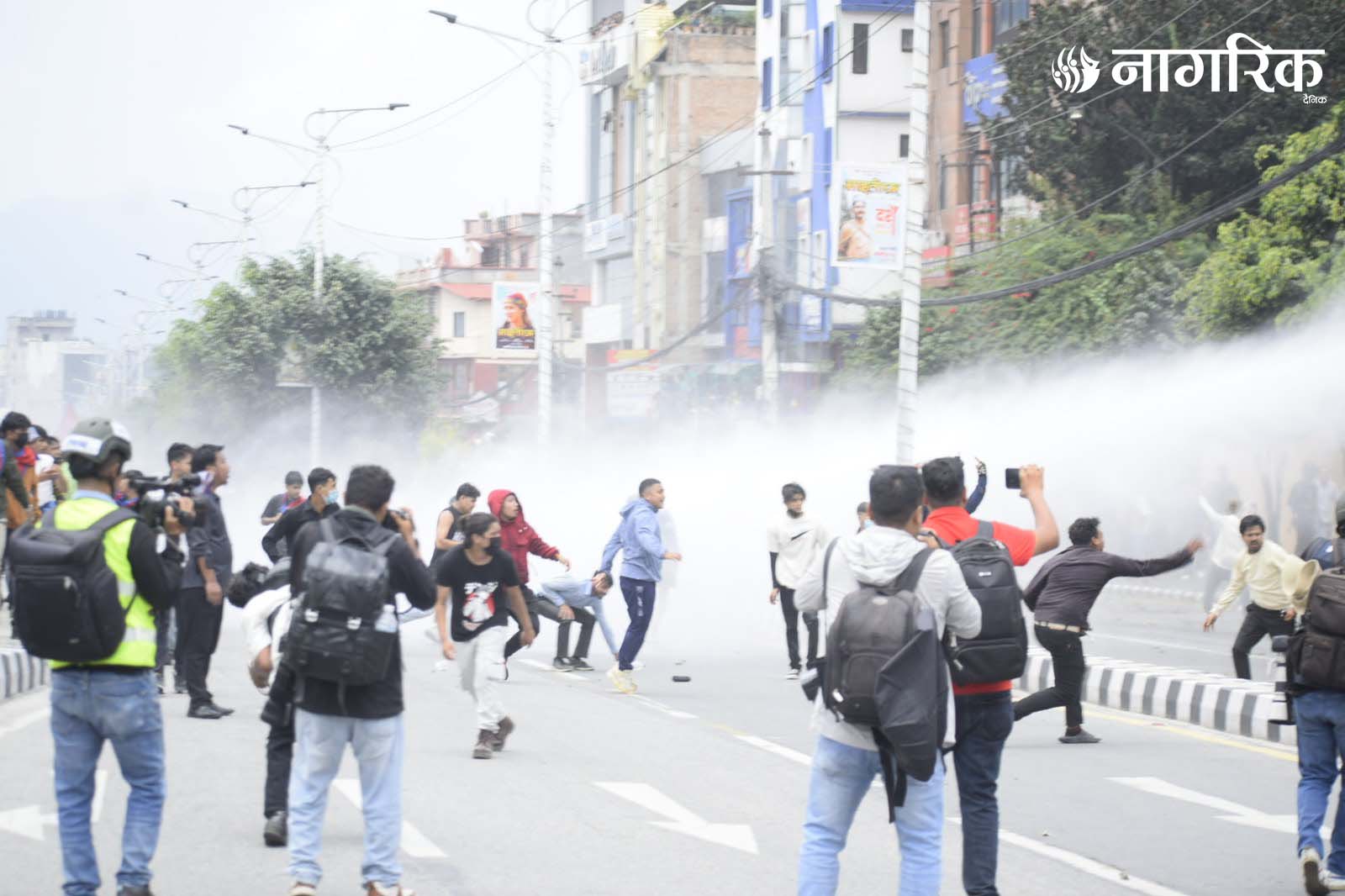Nepal’s developmental standstill cannot be attributed to infrastructure gaps or lack of global goodwill. The real barrier lies deeper: a chronic underinvestment in intellectual capacity and strategic thinking.
Nepal has come a long way since its transition from monarchy to federal democracy. It has redefined its constitutional identity, built the architecture of representative governance, and empowered local institutions. Yet, despite this historic transformation, the country faces a persistent and puzzling stagnation. The forms of democracy are in place, but the substance of progress remains elusive. This article explores the roots of Nepal’s inertia—an intellectual deficit and a national trust gap—and reflects on lessons from India’s strategic depth and Rwanda’s disciplined renewal to offer a forward-looking roadmap.
The Invisible Crisis: Nepal’s Intellectual Shortfall
Nepal’s developmental standstill cannot be attributed to infrastructure gaps or lack of global goodwill. The real barrier lies deeper: a chronic underinvestment in intellectual capacity and strategic thinking. This is not about university rankings or formal qualifications—it’s about the systemic absence of critical analysis in policymaking, the inability to challenge outdated narratives, and the exclusion of professionals from the national reform agenda.
In Nepal, intellectuals and technocrats are often viewed with suspicion, either politicized or sidelined. National debates are shaped more by populism than policy. The role of academic institutions, think tanks, and research-driven governance is tragically muted. In this vacuum, short-term fixes eclipse long-term vision, and political expediency replaces evidence-based leadership.
Worse still, the country continues to lose its brightest minds to foreign systems that offer respect, opportunity, and merit-based growth. What remains is a governance culture hesitant to innovate, lacking the strategic depth necessary for transformation. Without a robust intellectual ecosystem, Nepal risks becoming a state where ideas are imported, not originated.
National Confidence: Overcoming the Fear That Freezes Progress
Beyond intellectual stagnation lies a subtler, but equally corrosive challenge: institutional mistrust. Nepal’s political culture is marked by a persistent fear—of reform, of external influence, of internal change. Rather than embracing capable individuals, systems often treat them as threats. Reforms in education, fiscal policy, or bureaucracy face resistance not due to lack of merit, but due to entrenched interests and fear of disruption.
Celebrating the inspiring stories of women’s courage, resilienc...

This climate of suspicion undermines bold thinking. New policies are often seen as foreign impositions rather than adaptive solutions. Innovators are doubted. Institutions operate in silos, often resisting transparency, and in doing so, they erode the very public trust required for meaningful reform.
This culture does not reward initiative; it rewards inertia. Nepal cannot modernize its civil service, digitize its public systems, or engage in strategic diplomacy if it remains trapped in institutional fear. Courage is not only needed in politics—but in governance philosophy, in the openness to new ideas, and in the trust of professionals to drive change.
India’s Lesson: Strategic Vision Amid Democratic Complexity
India, with all its diversity and political volatility, has mastered the art of balancing complexity with strategic vision. It has done so by investing heavily in intellectual capital and institutional trust. While political parties come and go, institutions like the Election Commission, Supreme Court, and Reserve Bank have maintained legitimacy and operational stability.
India’s digital revolution has been transformative. Aadhaar, UPI, and digital governance platforms have redefined how citizens interact with the state. These are not just technological upgrades—they are products of vision, data-driven strategy, and intellectual leadership.
Equally important is India’s global talent network. Its premier institutions like the IITs and IIMs feed both domestic growth and global influence. The diaspora is not viewed as lost talent but as a strategic asset. This is the hallmark of a confident state—one that understands that innovation, not just ideology, powers progress. Nepal must learn that democratic maturity is not measured by elections alone, but by how a state leverages its intellect, its institutions, and its people.
Rwanda’s Resurgence: Unity, Discipline, and Direction
Rwanda’s transformation stands as one of the most compelling stories of disciplined governance in the post-conflict world. From the devastation of genocide in 1994, the country has reemerged as a regional leader in stability, digital modernization, and civic engagement.
At the heart of Rwanda’s progress is clarity of vision. National frameworks like Vision 2020 and Vision 2050 have created alignment across ministries, communities, and development partners. These are not rhetorical roadmaps—they guide performance metrics, public investments, and political accountability.
Rwanda’s zero-tolerance stance on corruption, emphasis on digital literacy, and integration of public feedback mechanisms have allowed it to move faster than many better-resourced nations. More than anything, Rwanda made a deliberate choice to replace fear and fragmentation with unity and strategic clarity. It is proof that post-conflict nations can chart a bold future when discipline meets purpose.
Nepal, like Rwanda, can rise from uncertainty. But it must first embrace a governance culture where performance matters, unity is cultivated, and national direction transcends political transitions.
Nepal’s Strategic Horizon: Building Trust, Talent and Vision
Nepal stands at a critical juncture—where it must decide whether to remain cautious and reactive or become bold and strategic. The time has come to build a culture of performance-based leadership. Institutions must value expertise, not proximity to power. Governance must be rooted in research, data, and forward-looking frameworks.
Creating space for a new generation of professionals—scientists, economists, planners, and digital architects—will be key. Think tanks must be empowered, not ignored. Policymaking must become anticipatory, not crisis-driven. The intellectual renaissance Nepal needs cannot be imported; it must be cultivated within.
Equally essential is the need to restore institutional trust. Citizens must believe in the systems meant to serve them. This requires full transparency, measurable accountability, and a clear end to the informal culture of secrecy and silence. Reformers must be celebrated, not resisted.
Nepal must also rally around a unifying national vision—ambitious, measurable, and resilient across political cycles. A long-term plan, such as Nepal 2040, could act as the organizing principle for education, technology, agriculture, and diplomacy. Without such a compass, the nation will continue to drift between donor agendas and fragmented domestic ambitions.
Conclusion
The future of Nepal will not be decided by infrastructure alone, or by the generosity of foreign aid. It will be shaped by how courageously the nation thinks, how boldly it plans, and how confidently it trusts its own people. The lessons from India and Rwanda are not identical, but they converge on a singular truth: development requires more than democracy—it requires direction, discipline, and dignity. Nepal must reject its fear of reform and embrace a leadership culture that values foresight over familiarity.
In a digital and diplomatic world, power no longer rests solely in territory—it rests in ideas. Nepal’s next 30 years do not have to mirror the last. But the window is narrow, and the cost of inaction is rising. The time to act is now—with courage, clarity, and the confidence that this nation is not defined by its fears, but by its future.



